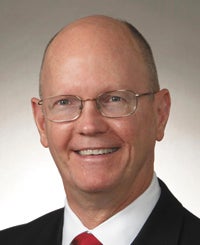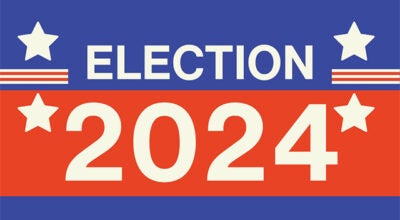Riverland grapples with 10 percent cut
Published 10:35 am Wednesday, July 27, 2011
Though Riverland Community College officials were ready for the state’s higher education bill, they’re still smarting from the 10 percent cut from the overall state budget.
“We’re really dismayed,” Riverland President Terry Leas said. “It’s so unfortunate.”
Riverland officials prepared for the budget cuts earlier this year, cutting about 14 positions either through layoffs or early retirements as well as raising tuition costs by 4 percent.
Still, that wasn’t enough to balance Riverland’s budget, which has in recent years taken hits from dwindling state allocation funds. When GOP legislators proposed cutting higher education funding from $2.9 billion to $2.5 billion in March, Leas and other officials predicted Riverland could face a deficit of more than $1 million. Anticipating those cuts would pass, Riverland officials have cut course offerings to save money. That means adjunct instructors have fewer classes, and full-time instructors don’t have as many overloaded courses.
This means students don’t have as much access to the courses they need, something Leas is less than pleased about.
“That’s part of the balance but the cost is restricting access to students,” he said.
Tuition makes up about 57 percent of MnSCU college and university operating budgets, compared to 30 percent in 1999. If higher education funding is cut further, there could be further tuition hikes.
More colleges and universities are turning to the private sector and grants to meet funding needs. Leas said Riverland is currently invested in several grant applications and foundation campaigns state and nationwide. One such grant, for $29 million from the U.S. Department of Labor, would be split among a partnership with the Department of Employment and Economic Development and other workforce development programs.
Though no one can predict whether higher education funding will become a priority in the future, a few more budget cuts like the ones passed this year could spell disaster for public higher education.
“I fear that if this trend … continues, this could threaten (educational) quality,” Leas said. “I fear that we’re threatening quality.”





